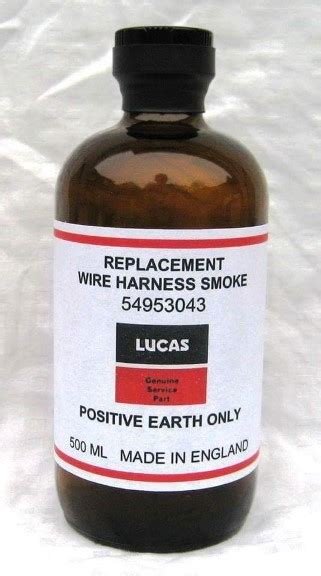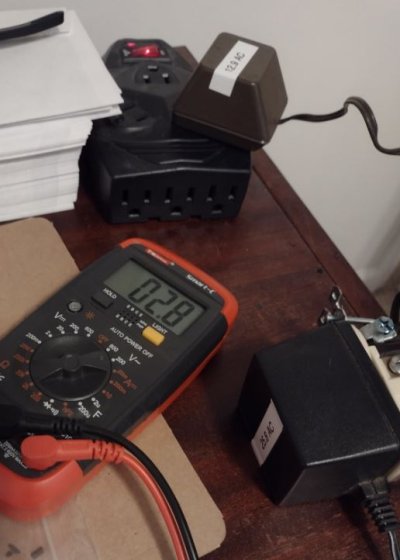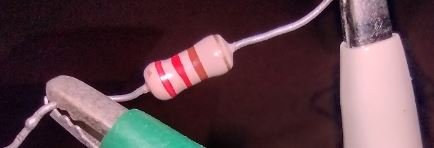So after I made the comments about specifics, and 'it depends', I thought, we need to know this stuff, we are shooting in the dark here.
So, search engine terms "Hallmark Star Trek ornaments run on a power supply"
turns up some hits. This guy has some specifics, he says that several years of these DO REQUIRE A/C (not DC), and are rated UP to 6VAC. But then he runs them at 6V AC, which I think is a little to close for comfort. But 6VAC is what you get on a 20 bulb string, so it makes sense that they should work on that with some margin.
https://hallmarkstartrekornaments.c...alternative-to-powering-your-old-ornaments-2/
EDIT (I keep having 2nd thoughts) - just because the ornament can plug into a 20 bulb string of 6V lights DOES NOT MEAN THAT THE ORNAMENT SHOULD BE RUN AT 6V!!!!! Those 6V lights will provide a current limit, the load of the ornament might actually clamp the voltage at something under 6V!
To put that another way -
6V directly out of a transformer is not the same as 120V from a string of 19 series 6V light bulbs! (or a string of 49 series 2.5V light bulbs). Might not make a difference, but then again, it might. And if the ornament is designed to provide less load than a bulb, it might even be working at a HIGHER voltage! We just don't know w/o a detailed schematic/information.
Can you give a link to the specific ornaments you have - I read that some of these talk or have sound effects - they definitely will be rectifying the AC to DC internally, maybe using both AC for lights, and this DC for electronics.
-ERD50





